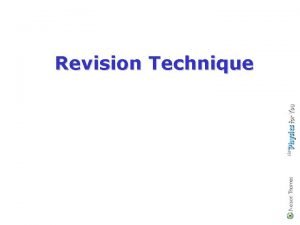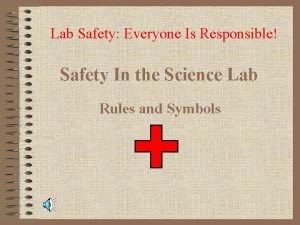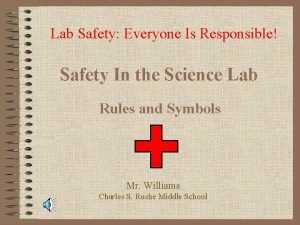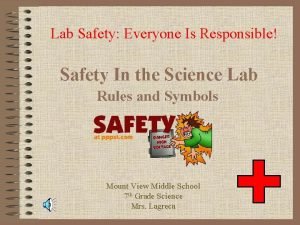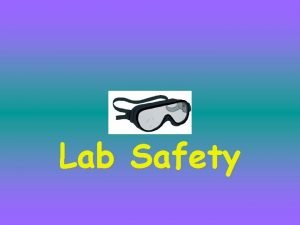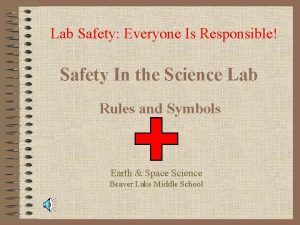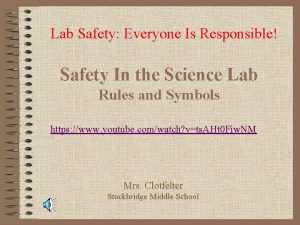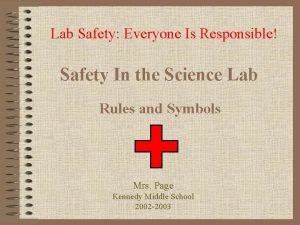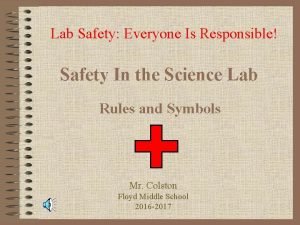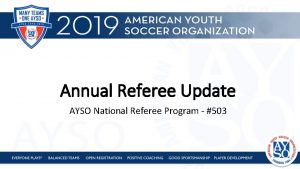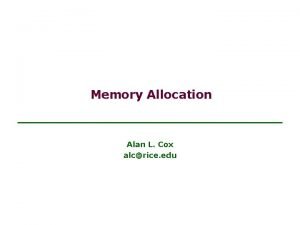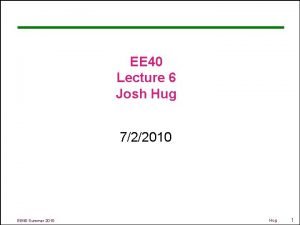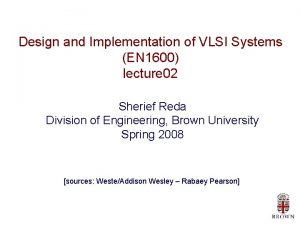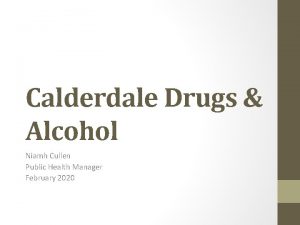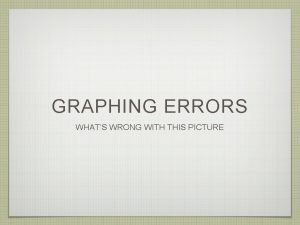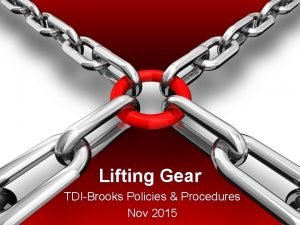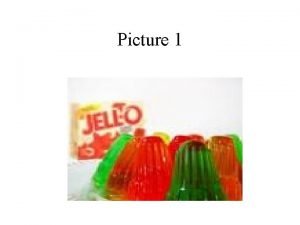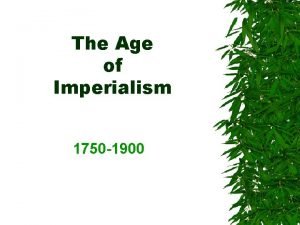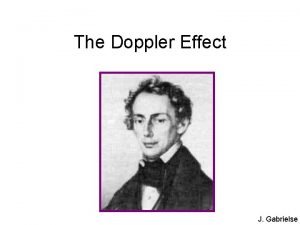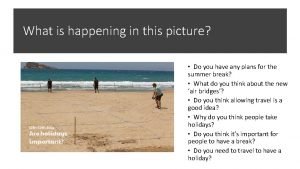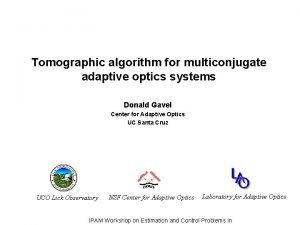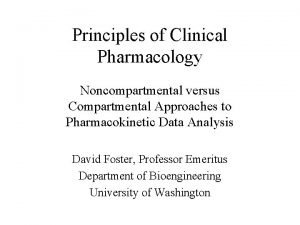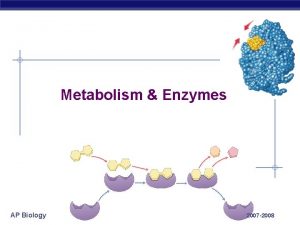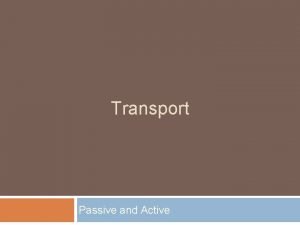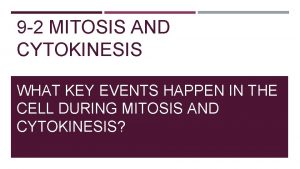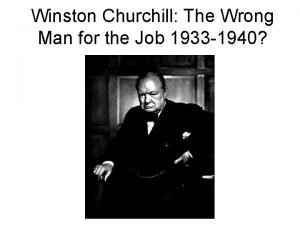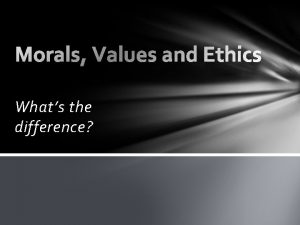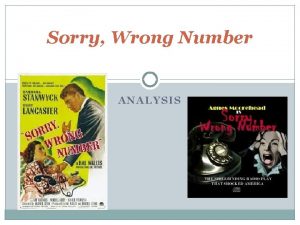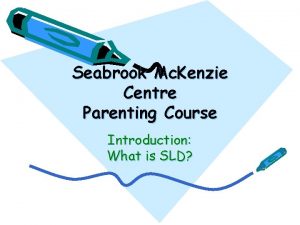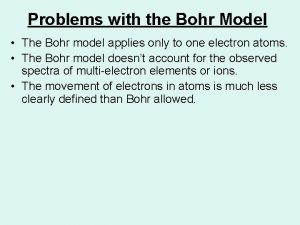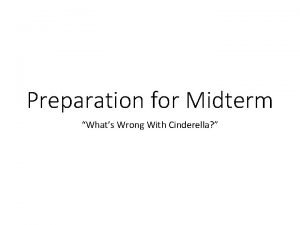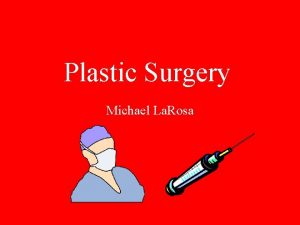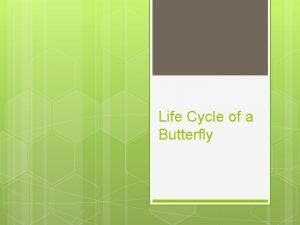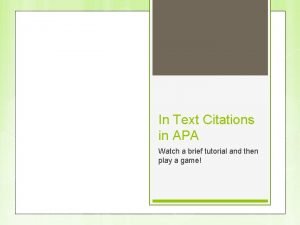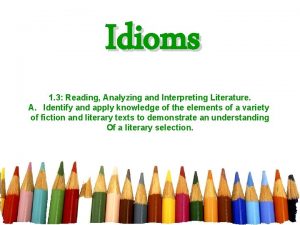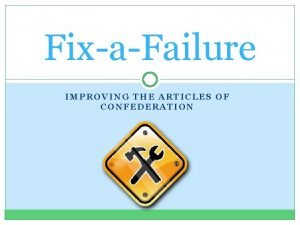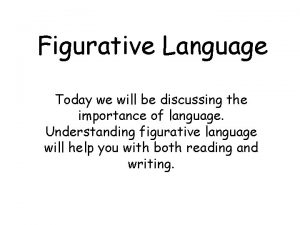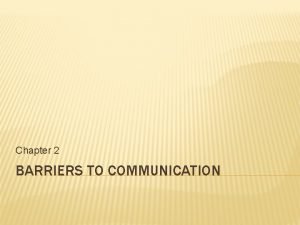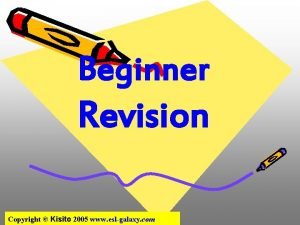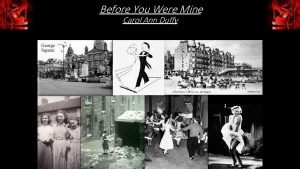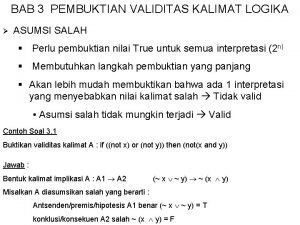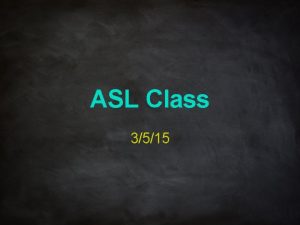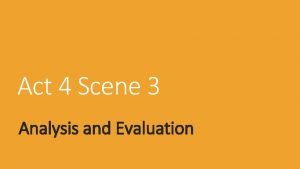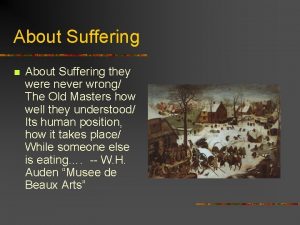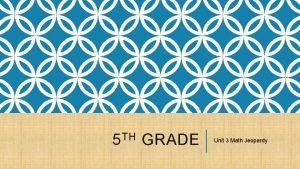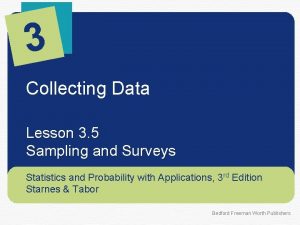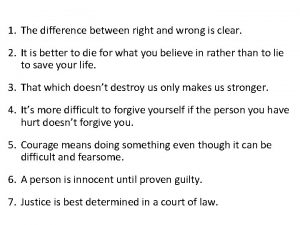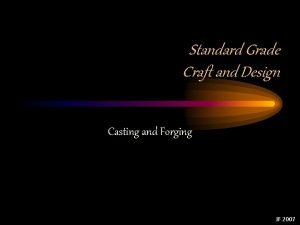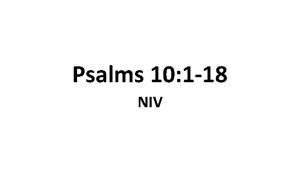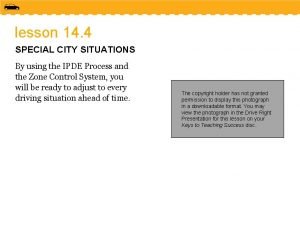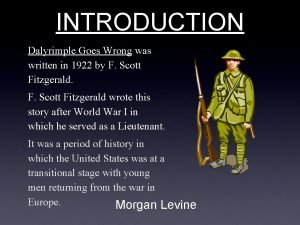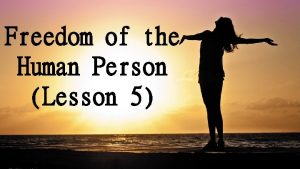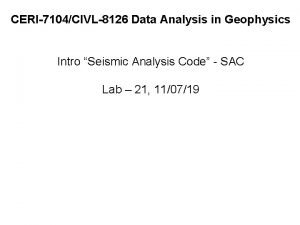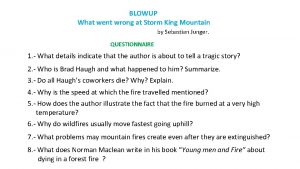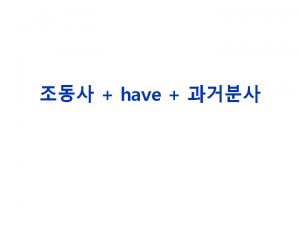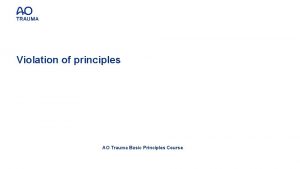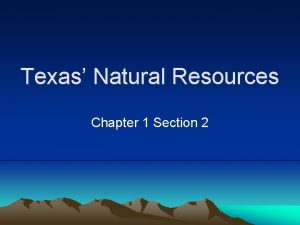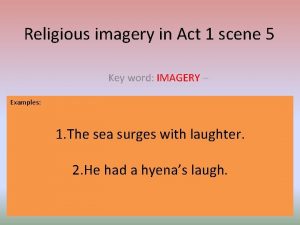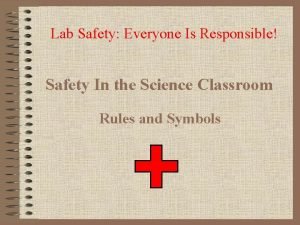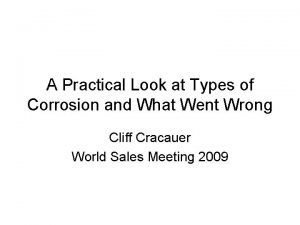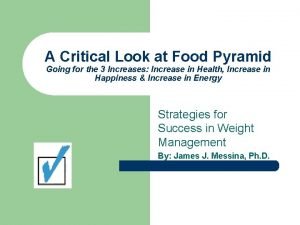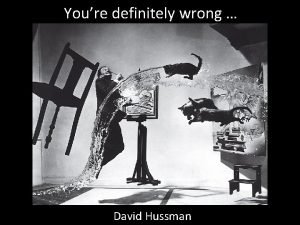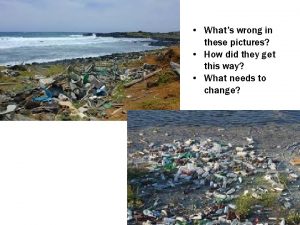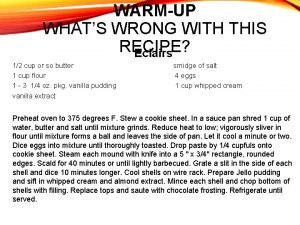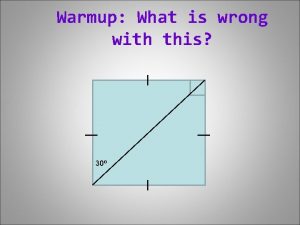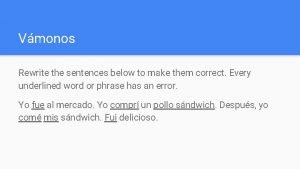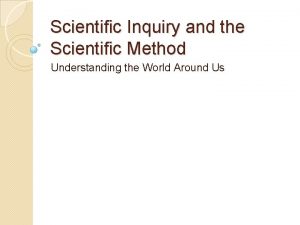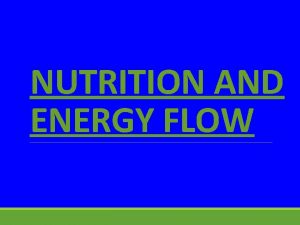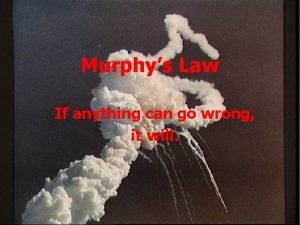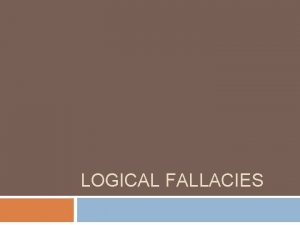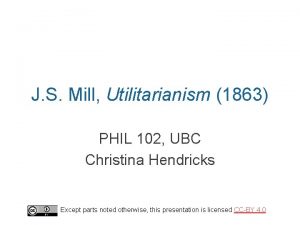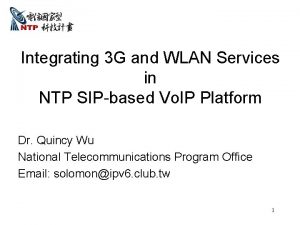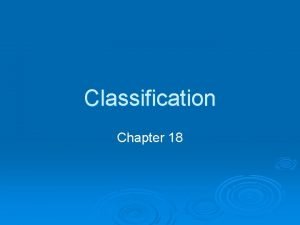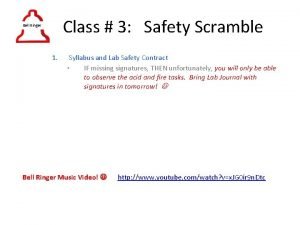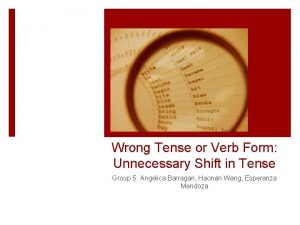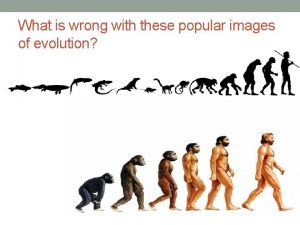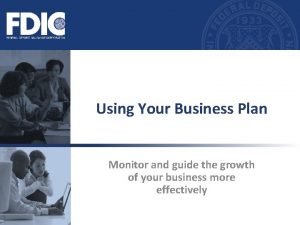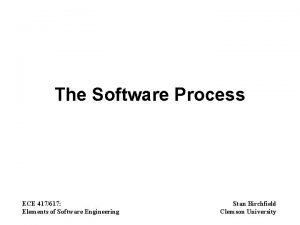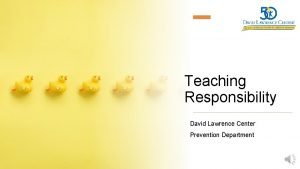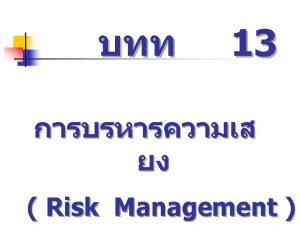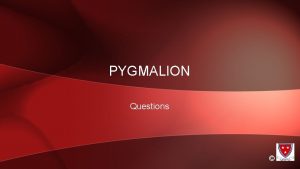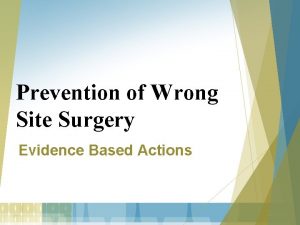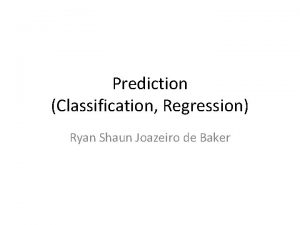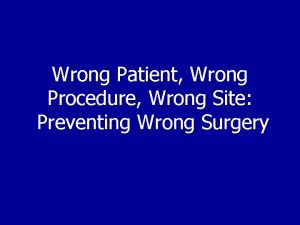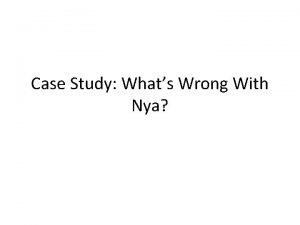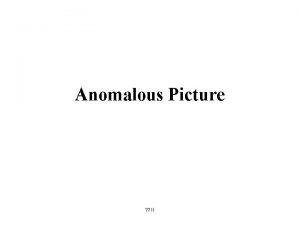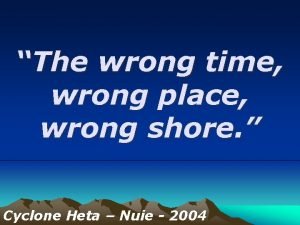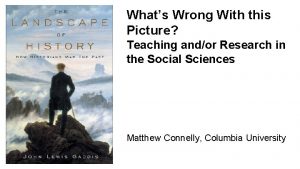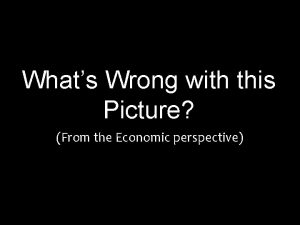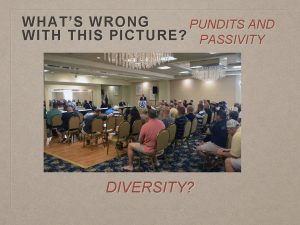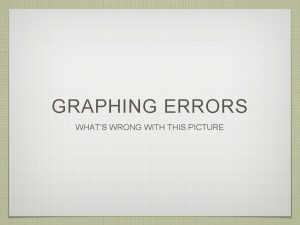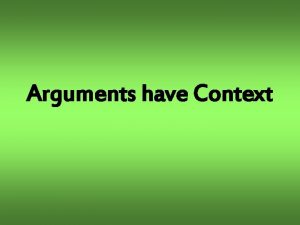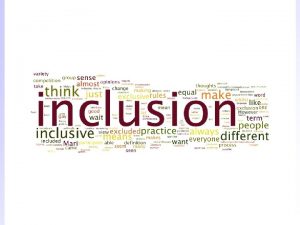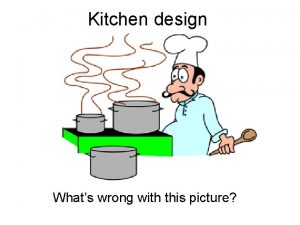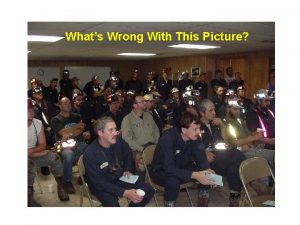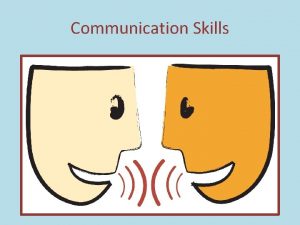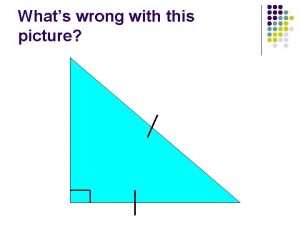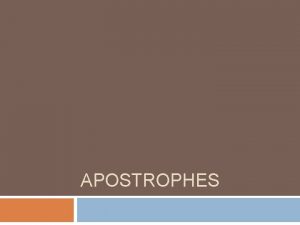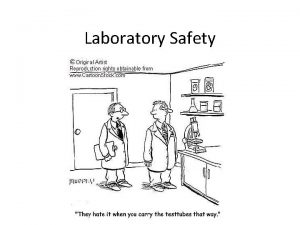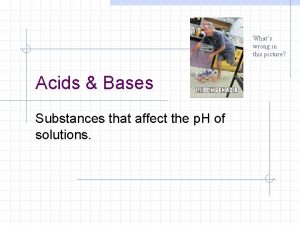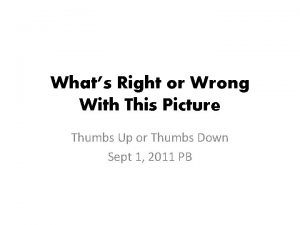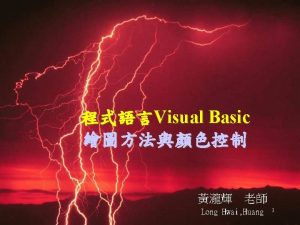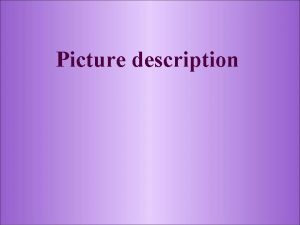Transport Whats wrong with this picture Transport Process























































































































- Slides: 119

Transport What’s wrong with this picture?

Transport • Process for substances moving into cells • Process for substances exiting cells • Process for movement within cells

Transport in Protists • Diffusion and Active transport for entering and exiting cell • Need wet membranes for diffusion. These organisms are aquatic! • Cyclosis within cell

Transport in Hydra • Aquatic • Ectoderm and Endoderm of Gastrovascular cavity in contact with water • Uses Diffusion and Active Transport • Uses Cyclosis within cells • Endodermal cells of cavity have flagella to circulate materials in cavity • Has muscular movement to circulate materials in cavity

Transport in Earthworm • Most cells not in direct water contact (Need a way of delivery and removal of materials from them) • Live in moist environment • Large and multicellular • Only skin cells able to exchange materials with the environment

Transport in Earthworm • Need a circulatory system: – Fluid in which materials are transported – Network of tubes or spaces for fluid flow – Need a pumping mechanism

Circulatory System of Worm • Closed Circulatory System • Aortic Arches (hearts) • Blood with blood cells having Iron-rich Hemoglobin to carry O 2 • Blood moves quickly in closed system • Dorsal and Ventral Blood Vessels • These branch off eventually into capillaries • Capillaries pass each cell for pick-up and delivery

Circulatory system of worm

Transport in Grasshopper • • Open Circulatory System Multiple Hearts Aorta Body Sinuses Body movement moves blood around Blood moves slowly around No Hemoglobin Blood doesn’t transport O 2

Transport in Grasshopper

Transport in Humans • • Closed Circulatory System One heart that has 4 chambers Network of blood vessels Hemoglobin blood

Blood Vessels • Arteries – Largest diameter – Thick, muscular, elastic walls – Carry blood away from the heart

Blood Vessels • Arterioles – Narrower branches of arteries – Also direct blood away from heart

Blood Vessels • Capillaries – – Very, very thin walled blood vessels (1 cell thick) Small diameter Pick-up and delivery of materials from cells So small in diameter that blood cells flow one at a time through them – Diffusion of materials (i. e. . Nutrients, wastes, oxygen) across capillary wall – Not all capillary beds open at same time (Have about 25, 000 -60, 000 miles of capillary)

Capillaries

Blood vessels • Venules – Return blood back to heart – Small branches of veins – Walls are thinner than arterioles – Walls not very elastic – Contain valves inside vessel – Need external muscular movement

Venule

Blood Vessels • Veins – Larger versions of venules – Many venules join into a vein

Lymph Vessels • • Don’t carry blood Also have valves Need external muscular activity They carry Lymph – What is Lymph?

• Capillaries are leaky • Fluid in capillary called plasma leaks out with dissolved nutrients for tissue • Fluid bathes cells and now fluid is called Intercellular fluid (or Interstitial Fluid)

• Diffusion happens • Wastes and Nutrients exchanged • Intercellular fluid now enters lymph vessels • Fluid is now called lymph • Fluid will be scanned by lymph nodes • Fluid will return to blood vessels at the Thoracic Duct

Thoracic Duct

Lymph Nodes • Sites that house white blood cells • Filter site for pathogens • Spleen also part of Lymphatic System

Problems with Blood Vessels • Varicose Veins-faulty valves-blood collects and unable to return to heart

More Problems • Arteriosclerosis (“hardening of the arteries”)= Vessel narrowed by fatty plaques, blood clots form

More Problems • Stroke – Blockage of a vessel feeding blood to the brain – Administer TPA in 1 st 3 hrs to prevent paralysis

Human Heart Rt Atrium Lt Atrium Atrioventricular Valve (Tricuspid) Atrioventricular Valve (Bicuspid, Mitral) Rt Ventricle Lt Ventricle Septum

Superior Vena Cava (Vein) Inferior Vena Cava (Vein) Tricuspid Valve Rt Atrium

Lt Atrium Pulmonary Veins Bicuspid

Rt Ventricle Pulmonary Artery Semilunar Valve

Lt Ventricle Aorta Semilunar Valve

Heart as a whole Covered by Pericardium Membrane Most Muscular!

Heart as a whole

Cardiac Cycle 1. Diastole (Heart Relaxed) • • • Atria fill with blood Atrioventricular valves open Blood drops into ventricles (70% Full) 2. Systole • • Atria contract in unison All blood squeezed into ventricles Ventricles contract in unison Atrioventricular valves slam closed and blood hits them (Hear a “Lub” sound) Semilunar valves open and blood pushed out into arteries Semilunar close (Hear a “dub” sound) Atria fill from veins

Cardiac Output • Heart beats 70 X/min at rest • Pumps 5. 25 L/m of blood/min at Rest, 3035 L/m during exercise

Heart Electricity • Pace-Maker or SA Node – In top wall of Rt atrium – Send an electrical pulse to both atria simultaneously, atria contract – Regulated by Vagus Nerve and Cardioaccelerator Nerve of brain

Heart Electricity • AV Node – In bottom wall of Rt Atrium – Signal from SA Node reaches AV Node – Signal spread to both ventricles causing them to contract

Ventricles Contraction Atria contraction


Flow of blood out of heart and through vessels • Pulse and Blood Pressure Pulse =wave of stretching as blood travels through arteries

Pulse and Blood Pressure • Normal Blood Pressure= – 120 (Systolic Pressure, mm Mg) – 80 (Diastolic Pressure, mm Mg) – 120/80 (For a 20 year-old) – Highest pressure in aorta – Lowest pressure in veins • Normal Pulse= – 70 beats/min

Circulatory Pathways-Pulmonary • Pulmonary circulation

Circulatory Pathways-Systemic • Renal Circulation (Filtering of blood of metabolic wastes

Circulatory Pathways-Systemic • Coronary Circulation Deoxygenated blood returns to heart through walls of Rt Atrium

Circulatory Pathways-Systemic • Hepatic-Portal Circulation (Blood Glucose Regulation

Problems with Heart and Vessels • Heart Valve Problem-Heart Murmur Can also have murmur from valves not opening well=Valvular Stenosis


Problems with Heart and Vessels • Angina=

Problems with Heart and Vessels • Heart Attack (Myocardial Infarction, Coronary Thrombosis)

Angioplasty Bypass Stents

Problems with Heart and Vessels • Fibrillation (and Circus Movement) from heart damage or bad Nodes

Defibrillation Stop heart and let it restart in hopefully normal rhythm

Node Replacement

High Blood Pressure (Hypertension) • Causes: – Atherosclerosis (Hardening of Arteries) (Hardened cholesterol deposits called plaques with blood clot formation) • Problem: Can lead to heart attack and or stroke • Drugs: – Diuretics=increase urine output – β- Blockers=keep vessels dilated

Ways to avoid cardiovascular diseases • Don’t Smoke • Eat healthy, low fat foods • Monitor cholesterol levels (LDLs bad, HDLs good) • Don’t eat excessively salty foods (Sodium) • Exercise • Avoid excess alcohol • Monitor blood pressure if in “Risk Groups”

Blood and Immunity What is blood? Is blood a tissue?

Blood Functions • Transport – Nutrients – Wastes – Hormones • Regulation – Temperature regulation – p. H stabilization – Water balance • Protection – Specialized cells for defense – Clotting ability

Blood Components 1. Plasma – Liquid part – 55% of blood – Mostly water – Salts, glucose, amino acids, fatty acids, hormones, antibodies, vitamins, enzymes, metabolic wastes

Blood Components 2. Red Blood Cell (Erythrocytes) – We have about 30 Trillion – Transport Oxygen and CO 2 – Mature cells have no nucleus – Contains Iron-containing Hemoglobin protein – Made in bone marrow – Live about 120 days (2 million destroyed/sec) – Liver and spleen remove defective cells

Bone Marrow

Red Blood Cell

Problems related to Red Blood Cells • Anemia – Low RBC count and or low hemoglobin count – Low Iron amount or vitamin/mineral amount – Results in low blood oxygen amount – Pale, cold skin, low blood pressure, fatigue, dizziness

Problems related to Red Blood Cells • Sickle Cell Anemia – Genetic Disease of African ancestry – defective hemoglobin gene – Make misshaped RBC – Anemic symptoms – If two bad genes, death at early age – If one bad gene, pain at times – Protection against Malaria parasite

Sickled Cell Normal Cell Blockages

Blood Components 3. White Blood Cells (Leukocytes): • • • Protection Larger than RBCs Have nuclei Less in number compared to RBC Made in bone marrow 60 billion

White Blood Cell Types • Neutrophils and Monocytes – Phagocytic – Engulf bacteria, debris, virus-infected cells, cancer cells – Macrophages develop from monocytes and crawl around tissues searching for invaders

White Blood Cell Types • Eosinophils – Nonphagocytic – Involved in allergic reactions – Involved in parasitic infections

White Blood Cell Types • Basophil – Involved in inflammatory reactions – Involved in allergic reactions and parasitic infections – Related to Mast Cells

White Blood Cell Types • Lymphocytes – Nonphagocytic cells – Involved with Immunity – Subtypes: • B Cells: – Make Antibodies • T Cells: – Destroy virus-infected cells and cancer cells

Problems with White Blood Cells • Leukemia Normal Blood Smear Leukemia Blood Smear

Problems with White Blood Cells • Allergic reactions with possible Anaphylactic Shock (Overreaction to an invader)-Over-reaction

Problems with White Blood Cells • Autoimmune Diseases (Target Own Body) – Multiple Sclerosis (Target Brain) – Chrohn’s Disease (Target Gut) – Lupus (Target assorted body organs) – Psoriasis (Target Skin) – Rheumatoid arthritis (Target Joints) – Type 1 diabetes mellitus (Target Pancreas)

Blood Components 4. Platelets – Involved in blood clotting – Cell fragments – Formed in bone marrow – 1. 5 Trillion

Clotting 1. Break in wall 2. Platelets stick 3. They release Thromboplastin

Clotting 4. Thromboplastin converts inactive Prothrombin (plasma protein, need Vit. K to make it) into active Thrombin 5. Active Thrombin activates inactive Fibrinogen into Fibrin Strands


Clot Busters • • TPA (Tissue plasminogen activator) Heparin Aspirin Plasmin

Problems with Clotting • Hemophilia – Can’t clot blood – Low platelets and/or – Low Vit. K and/or – Lack any one of the factors along the cascade – Genetic Disease –Sex Chromosome-Linked

Defense against Invaders • 1 st line Defense (Non Specific) – – – – Skin Sweat Tears Saliva Mucus membranes Stomach acid urine

What if the invader Breaks through 1 st line?

Defense against Invaders • 2 nd Line Defenses – Inflammatory Reaction (“setting on fire”) – Nonspecific Reaction • Infection area becomes – Swollen (more blood delivered to site because of damage cell Histamine release) – Red (More blood delivered to site) – Warm (Blood is warm) – Macrophages eat invaders and damaged cells – Macrophages die and become pus



Other 2 nd line Defenses • Fever • Interferon release by virally-infected cells – Causes neighbor cells to produce antiviral proteins

What if the invader Breaks through 2 nd line?

Immune Response • Specific recognition and destruction of foreign invaders – Players: • • • Bone Marrow WBC Lymph Nodes Tonsils Thymus Spleen

Immune Response • How does our body determine “self” from “nonself” ?

Suppose our body cells looked like this…

…and our bodies were invaded by this… Pathogenic Rubber Duckyus

How does our body recognize invaders?

Antigens! • Antigens – Components on an invader that are foreign to our body and lead to an immune attack

Stages of Immune Response • Primary Immune Response: – Antigen in body for 1 st time – Macrophage eats invader and displays invader's antigen on its surface

Stages of Immune Attack • Primary Immune Response – Helper T Cell binds to invader antigen with receptor (becomes semi-activated) – Helper T Cell binds to antigen on macrophage – Helper T Cell then becomes fully activated

Stages of Immune Attack • Primary Immune Response: – Activated Helper T Cell makes and secretes IL 2 (Interleukin 2) – Cytotoxic T Cells bind to antigen on antigenpresenting cells and become semi-activated – IL 2 fully activates Cytotoxic T Cells and these start to replicate – Cytotoxic T Cells bind infected cells and cancer cell and blow them up with toxins


Stages of Immune Attack • Primary Immune Response – Cytotoxic T Cells divide into 2 types of T Cells • More Cytotoxic T Cells • Memory Cytotoxic T Cells – Remain in body for many years – Don’t need priming to become activated • Cell-mediated attack • Secondary Immune Response – Second exposure, no need for T-Helper priming – Memory Cells ready to attack

B Cells • B cells secrete substances known as antibodies (Produce Humoral Response). • Each B cell is programmed to make one specific antibody. • Transported by the blood to lymph nodes and lymphatic organs

Antibodies • Alias: Immunoglobulins. • Proteins consisting of two heavy chains and two light chains • "Y" shaped molecule.

Antibodies • Antibodies have different binding abilities dependent on shapes to match the antigens • Neutralize invader • Agglutination • Tag for phagocytosis by macrophage Agglutination

How do our B cells know what an invader is? Antigen receptors: – protein molecules (antibodies) that stick out on B cells’ membranes that recognize invaders. Antigen-binding site: Specific region on the antibody molecule that “fits” the antigen determinants like a lock and key You have between 100 million and 200 billion different kinds of B cells and are Situated in the spleen, lymph Nodes and other parts of The lymphatic system

B cells Primary response: Humoral Response 1. 2. 3. 4. 5. 6. B cells come in contact with an antigen for the first time. Macrophage ingests the antigen and displays it on its membrane. B cell connects to antigen and becomes semiactivated B cell is stimulated by a helper T cell that recognizes the same antigen (Full activation) (IL 2). B cell produces plasma cells and memory B cells – Plasma cells make antibodies and release into blood & bind to antigen forming an antigen-antibody complex phagocytes engulf and destroy the antigenantibody complex

Secondary Response • Secondary exposure causes faster and stronger response • Memory cells are already in circulation and are ready to be activated by secondary response (Life time immunity)

Secondary response • Same antigen enters the body • Memory cells recognize it and divide rapidly • New plasma cells form producing large quantities of antibodies

Problem with B and T Cells • SCID – – Severe Combined Immunodeficiency Disorder Born with no B or T cells Open to attack Boy in Bubble Disease David-Dead at 12

Complement System • Primitive • Series of enzymes in blood • Anti-bacterial • Bacterium triggers a “Lego” effect of these enzymes • Enzymes drill hole into bacterium

Monoclonal Antibodies and Cancer Treatment


Immunity and Vaccines 1. Active Immunity • • • Exposed to antigen Mount Immune Response (B Cell and T Cell) Produce B and T Memory Cells Immunity lasts long time Edward Jenner (Father of Vaccination) – Small pox vaccine • Can inject pure antigen or whole weakened or dead pathogen

Immunity and Vaccines • Passive Immunity – Inject pre-made antibodies against antigen – Temporary immunity – “Borrowed Immunity” – Ex. Maternal Immunity given to baby through breast milk

Immunity and Blood Types • ABO Blood Groups

Blood Types-Transfusions A B AB Person has Anti-B Antibodies Anti-A Antibodies Person has no antibodies against antigens Universal Receiver (42%) (12%) (3%) Person has Anti-A and Anti-B Antibodies Universal Donor (43%)

Blood Type Detection Agglutination Tests

Rh Factors Rh 85% Positive

What if…. . • Pregnant mom is Rh • Unborn baby is Rh+

Solution • Give Mom Rho. GAM drug – Destroys Anti-Rh antibodies of Mom

Transplants • Whole organs or limbs transfers from person to person • We all have unique proteins on organ surface • If organ antigens are foreign, organ rejected • Control rejection with immunosuppressive drugs • Stem Cell Research

AIDS • AIDS (Acquired Immune Deficiency Syndrome) • Due to the HIV (Human Immunodeficiency Virus) • Infects and destroys T-Helper Cells • Can remain dormant in body organs • Retrovirus (RNA virus that converts its RNA into DNA)-Reverse Transcriptase

HIV • • Mutates very quickly Person dies of Opportunistic Infections Spread via body fluid to body fluid Treatment: – AZT – Serine Protease Inhibitors

GLOBAL SUMMARY OF THE HIV/AIDS EPIDEMIC 2008 Globally, there were an estimated 33 million [30 million– 36 million] people living with HIV in 2007 The annual number of new HIV infections declined from 3. 0 million [2. 6 million– 3. 5 million] in 2001 to 2. 7 million [2. 2 million– 3. 2 million] in 2007. Overall, 2. 0 million [1. 8 million– 2. 3 million] people died due to AIDS in 2007, compared with an estimated 1. 7 million [1. 5 million– 2. 3 million] in 2001.
 Learning objectives of revision test
Learning objectives of revision test Whats wrong with this picture
Whats wrong with this picture Iambic pentameter
Iambic pentameter Lab safety picture what is wrong
Lab safety picture what is wrong Lab safety what's wrong with this picture
Lab safety what's wrong with this picture What's wrong with this picture lab safety
What's wrong with this picture lab safety Lab safety what's wrong with this picture
Lab safety what's wrong with this picture Lab safety what's wrong with this picture
Lab safety what's wrong with this picture What's wrong with this picture lab safety
What's wrong with this picture lab safety Lab safety what's wrong with this picture
Lab safety what's wrong with this picture Lab safety what's wrong with this picture
Lab safety what's wrong with this picture What's wrong with this picture lab safety
What's wrong with this picture lab safety What's wrong with the picture
What's wrong with the picture What's wrong in the picture
What's wrong in the picture What's wrong in the picture
What's wrong in the picture What's wrong in the picture
What's wrong in the picture Josh
Josh Whats wrong with this
Whats wrong with this Whats wrong with niamh cullen
Whats wrong with niamh cullen Whats wrong with this graph
Whats wrong with this graph Whats wrong with this photo
Whats wrong with this photo Whats wrong
Whats wrong Picture 1 picture 2
Picture 1 picture 2 Whats happening in this picture
Whats happening in this picture Author of the interlopers
Author of the interlopers Whats happening in this picture
Whats happening in this picture What do you think is happening in this picture?
What do you think is happening in this picture? Whats happening in this picture
Whats happening in this picture Whats happening in this picture
Whats happening in this picture Whats happening in this picture
Whats happening in this picture Uniport symport antiport
Uniport symport antiport Active transport
Active transport Passive transport vs active transport venn diagram
Passive transport vs active transport venn diagram Active vs passive transport venn diagram
Active vs passive transport venn diagram Pinocytosis vs phagocytosis
Pinocytosis vs phagocytosis Primary active transport vs secondary active transport
Primary active transport vs secondary active transport Bioflix activity membrane transport active transport
Bioflix activity membrane transport active transport Active transport and passive transport
Active transport and passive transport Bioflix membrane transport
Bioflix membrane transport Is contractile vacuole active or passive
Is contractile vacuole active or passive Whats hot whats not
Whats hot whats not Whats the process
Whats the process Whats the bessemer process
Whats the bessemer process The wrong man for the job
The wrong man for the job Motivation based on ideas of right and wrong
Motivation based on ideas of right and wrong The wrong suitcase
The wrong suitcase Wrong number script
Wrong number script Something was wrong kenzie
Something was wrong kenzie How does juliet regain her parents’ favor?
How does juliet regain her parents’ favor? Bohr model problems
Bohr model problems What's wrong with cinderella
What's wrong with cinderella Plastic surgery gone wrong
Plastic surgery gone wrong Which of the following is wrong about metaphysical poets
Which of the following is wrong about metaphysical poets Stages of butterfly
Stages of butterfly It's a human sign when things go wrong
It's a human sign when things go wrong Wrong citation
Wrong citation Analyzing and interpreting literature
Analyzing and interpreting literature Failures of the articles of confederation
Failures of the articles of confederation Simile for football
Simile for football Oops wrong answer
Oops wrong answer Intrapersonal barriers
Intrapersonal barriers Eslgalaxy
Eslgalaxy Before you were mine context
Before you were mine context Validitas pembuktian
Validitas pembuktian Signing naturally 6.13 wrong name answers
Signing naturally 6.13 wrong name answers Act 4 scene 3 othello summary
Act 4 scene 3 othello summary About suffering they were never wrong
About suffering they were never wrong Oops wrong answer
Oops wrong answer Lesson 3.5 sampling and surveys
Lesson 3.5 sampling and surveys The distinction between right and wrong lies at the
The distinction between right and wrong lies at the Wright vs. wrong
Wright vs. wrong What is this
What is this Psalm 18 niv
Psalm 18 niv If you encounter a vehicle headed the wrong way
If you encounter a vehicle headed the wrong way Dalyrimple goes wrong analysis
Dalyrimple goes wrong analysis Lex naturalis kahulugan tagalog
Lex naturalis kahulugan tagalog That is a very loud boat something must be wrong with it
That is a very loud boat something must be wrong with it Sac
Sac What went wrong at storm king mountain
What went wrong at storm king mountain Must 의문문
Must 의문문 Saints do not move
Saints do not move When christians get it wrong
When christians get it wrong What went wrong
What went wrong Why are some rivers in texas called “wrong way” rivers?
Why are some rivers in texas called “wrong way” rivers? What went wrong
What went wrong Religious imagery examples
Religious imagery examples Plexr gone wrong
Plexr gone wrong Lab safety pictures what is wrong
Lab safety pictures what is wrong No wrong door philosophy
No wrong door philosophy What is wrong with akeer what are her symptoms
What is wrong with akeer what are her symptoms But these aren't cheap labour
But these aren't cheap labour What went wrong
What went wrong Walter willett food pyramid
Walter willett food pyramid I think what you did was wrong david
I think what you did was wrong david Pictures with something wrong in them
Pictures with something wrong in them What's wrong in the world today
What's wrong in the world today Action recipe format
Action recipe format What is wrong
What is wrong Rewrite the sentences below
Rewrite the sentences below Bound to go wrong
Bound to go wrong What is wrong with this graph
What is wrong with this graph How do organisms obtain energy
How do organisms obtain energy If anything can go wrong it will
If anything can go wrong it will Red herring fallacy
Red herring fallacy Rule utilitarianism
Rule utilitarianism Wrong stun server netch
Wrong stun server netch Lately i been losing sleep
Lately i been losing sleep What's wrong here
What's wrong here List 3 unsafe activities shown in the illustration
List 3 unsafe activities shown in the illustration Unnecessary shift in verb tense
Unnecessary shift in verb tense When christians get it wrong
When christians get it wrong Wrong
Wrong Wrong plan
Wrong plan What is wrong
What is wrong There is no wrong way to do the right thing
There is no wrong way to do the right thing Being wrong
Being wrong Why risk can go wrong
Why risk can go wrong What purpose does the rain shower serve?
What purpose does the rain shower serve? Wrong site surgery prevention
Wrong site surgery prevention Wrong or right
Wrong or right
